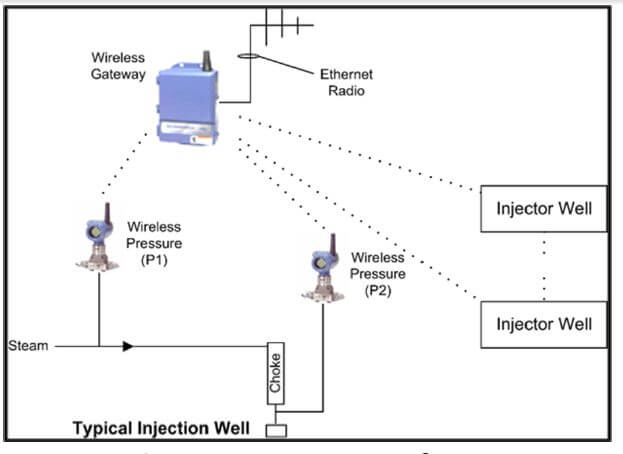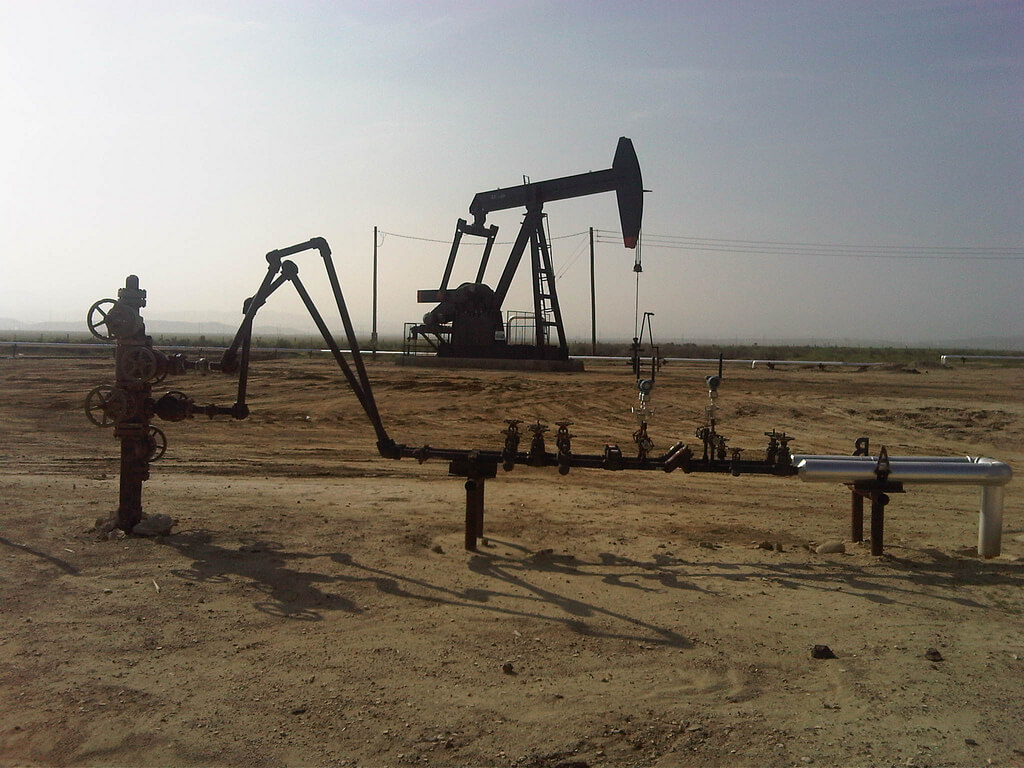Getting oil production out of existing oil fields with declining production rates is a challenge many oil & gas producers face. Many enhanced oil recovery (EOR) methods including water flooding, gas injection, and steam injection have been around for decades to help lift the remaining production from the reservoir.
I heard a great story from Emerson’s Fernando Sanchez on the Rosemount Measurement team. Fernando works with the onshore oil & gas producers in the Bakersfield, California area. The oil production wells predominantly use steam injection to produce the heavy oil found in this region.
Injecting the proper amount of steam into the reservoir is critically important. Too much steam and the reservoir can be damaged causing a loss of production and expensive rework. Reworking onshore wells can cost $200,000 USD and up depending upon the extent of the damage.
If there is too little steam flow rate, you are wasting energy by not getting sufficient production to cover the lifting costs. Fernando shared with me that the cost to produce and inject the steam could be 75% of the total lifting costs of the produced oil. Also, injection wells can get plugged and steam leaks can occur, so knowing the flow rate in real time is important.
Unfortunately, the existing method to measure the steam injection flow rate has not been in real time. It has been to use circular pressure recorder charts and have these monitored on a periodic basis–from daily to monthly depending on the size and number of wells in a production area. There are many problems with this approach including:
- Dependence upon contractor to provide correction coefficient
- Proper installation of orifice plates for differential pressure measurements
- Reading the charts correctly
- Proper calibration and no plugged tubing of chart recorders
- Continuous calibration of the chart recorders on a quarterly basis
- Time-consuming travel by operators to more than 100 wells everyday to take readings
- Manual entry of data into database properly and quickly for analysis by production and reservoir engineers
I could sense Fernando’s enthusiasm when he shared with me how wireless devices completely change the way this can now be done. He believes that there is no other method to manage steam injection that can produce better results, faster and for less capital costs as is possible with IEC 62591 WirelessHART devices.

Fernando worked with one of the local producers, Plains Exploration & Production Company (PXP), to establish a pilot to benchmark the current approach with a wireless device-based approach. This pilot consisted of 10 Rosemount 3051S wireless pressure transmitters installed at 4 wells. One transmitter was installed on the upstream side of a fixed bean choke to calculate flow rate (upstream pressure and bore size from the fixed bean choke determine the flow rate) and another on the downstream side to aid with troubleshooting and identify downhole problems sooner to avoid expensive well rework. Two of the wells were dual-stream, using a single upstream transmitter.
The project team included an independent expert to benchmark measured steam injection. This person reported that accuracy with the wireless setup was ten times (10X) greater than with existing recorders and manually intensive work practices.
The pilot’s success has led to a roll out across more than 100 steam injection wells across the production area. Rosemount 8800 vortex transmitters with wireless THUM adapters are also being used to measure oil/water mixture from the production wells.
I reviewed a presentation given by PXP’s Michael Fischback at last year’s Emerson Exchange on the benefits they saw with the wireless approach.

From an operational perspective, manually entered data, which was subject to errors, was eliminated. Also, time could be used more effectively for scheduled maintenance, better control of spares, less inventory, and more time to deal with unexpected problems that come up.
The reservoir engineers now have better control of production levels with more accurate visibility, more control over predictive production levels, more time and capability to plan ahead, which in turn makes more efficient use of the energy resources.
And for the production team, they have a more accurate view of production levels, can more accurately allocate production staff resources, can better predict when production issues may occur, and overall have fewer surprises.
Here’s a more complete summary of the results that Michael and the PXP team achieved.




